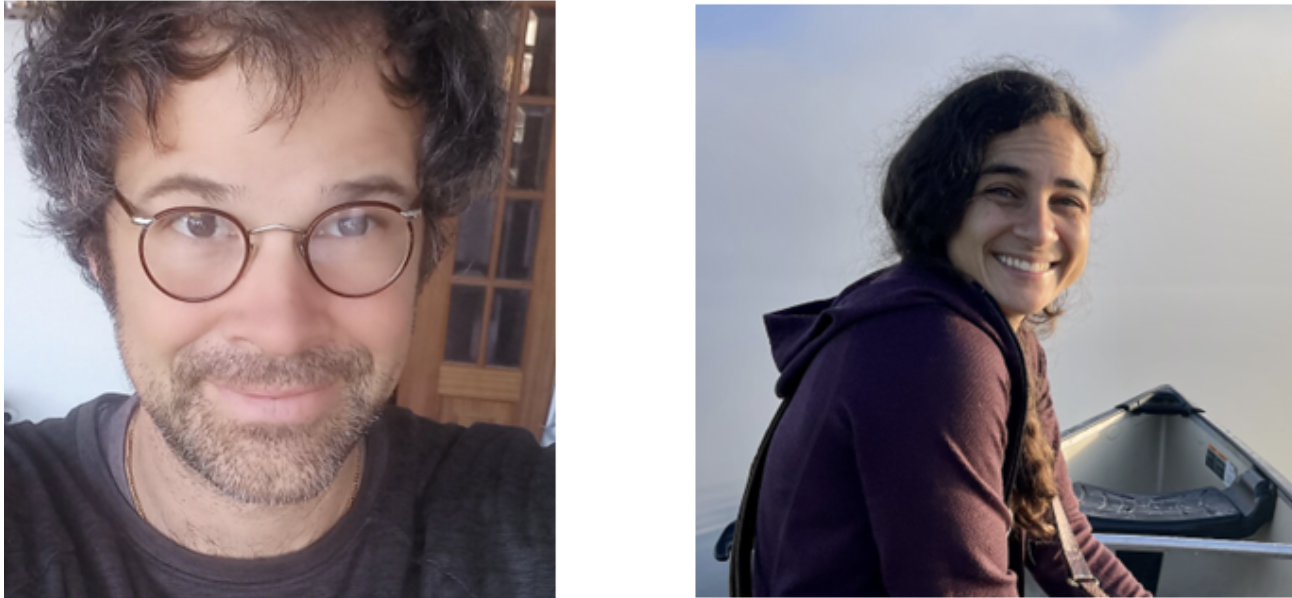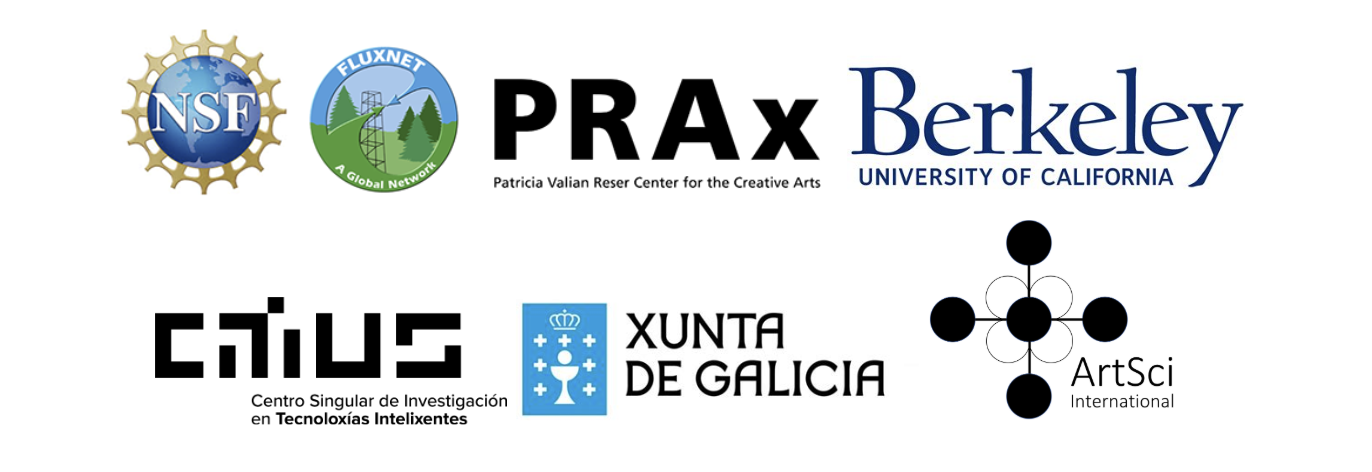
Project
Breathing with Tara is an immersive installation combining laser-cut sculpture, generative physics simulations, and a gentle soundscape that offers a meditation on the breath of the biosphere. Tara offers us a kind of mirror of nature’s infinitely varied forms of life and invites us to deepen our experience of interdependence in nature.
Artist Bio
David Glowacki is a cross-disciplinary researcher, artist, musician, and author. His work explores the frontiers of science, technology, and aesthetics. His immersive digital artworks, which encourage us to reimagine ourselves as light, have been experienced by more than 200,000 people across four continents. He is the recipient of many prestigious scientific research awards, including a Royal Society research fellowship, ERC consolidator grant, Philip Leverhulme Award, Oportunius fellowship, and a recent grant from the Tiny Blue Dot Foundation. Originally from Milwaukee, David studied his undergraduate at UPenn, his MA in cultural theory from the University of Manchester (UK) and his PhD in molecular physics from the University of Leeds (UK). His art studio is in Santiago de Compostela (Northwest Spain), where he also serves as director of the Intangible Realities Laboratory (IRL). Discover more of David’s work at glow-wacky.com and theIRL.org.
Science Collaboration
As an ecohydrologist, Maoya Bassiouni’s research combines physical theory and ecosystem ecology with data science to understand how vegetation interacts with environmental change and how these interactions influence water, carbon, and energy cycles from soil, plant, to the biosphere. Her research analyzes and integrates data from hundreds of global eddy covariance tower sites in FLUXNET to diagnose and synthesize land-atmosphere interactions, vegetation water-carbon tradeoffs and quantify key eco-evolutionary principles that enhance our understanding and predictive capacity of complex environmental systems and ecosystem services.
Artwork
Tonglen with the Biosphere’s Breath: Installation and audiovisual meditation of ecosystem-atmosphere interactions, inviting us to practice dissolving boundaries and exchanging self with other. Visuals include Dyantra simulations brought to life with data from the Mayberry wetland flux tower and fog-forest video. (See more)
Dyantra: Digital art software using real-time open-source physics simulation code which enables intricate geometric patterns to be evolved in a field of Gaussian attractors resulting in dynamics and complexity, which follows an intrinsic vibrational rhythm reminiscent of breath. (See more)
News and Activities
December 12, 2024, Presentation, Contemplating the Biosphere’s Breath to Dissolve Climate Anxiety, American Geophysical Union Annual Meeting, Washington DC (news story, abstract)
December 9, 2024, Dyantra demo and presentation, Catchment Science Symposium, Washington DC (news story)
September 25, 2024: Field visit, Dutch Slough Marsh Gilbert Tract flux tower, CA (news story)
September 21, 2024: Installation and audiovisual meditation, Tonglen with the Biosphere’s Breath, Alembic Equinox event, Berkeley, CA (news story)
September 4, 2024: Artist presentation and Dyantra demo, Ameriflux annual meeting, Berkeley, CA (news story)
August 6, 2024: Artist talk and Dyantra demo, MO:DEM festival, Croatia
July-August, 2024: Dyantra code development residency with Maoya Bassiouni, Santiago de Compostela, Spain (news story)
Acknowledgements

